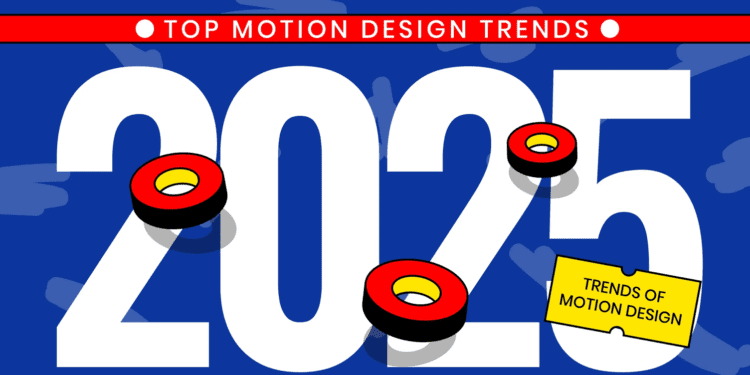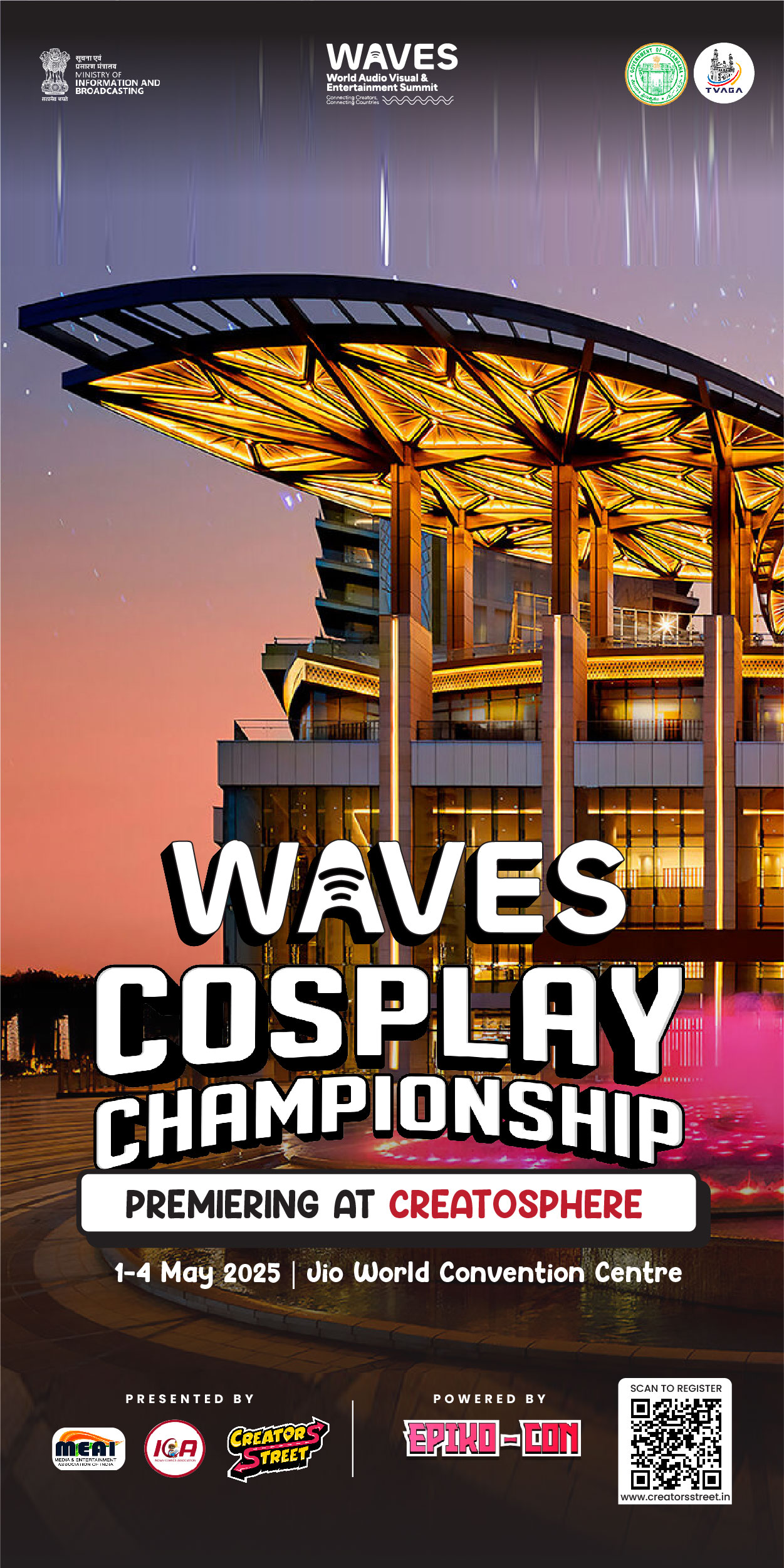“The Future of Motion Design: 5 Jaw-Dropping Trends That Will Dominate 2025!”
Motion design is a field that never stands still—literally. As technology evolves and creative boundaries expand, designers are embracing new tools and techniques to push the industry forward. From AI-driven workflows to hybrid animation styles, 2025 is shaping up to be a year of exciting innovation. If you’re in the world of motion graphics, buckle up—here are the five biggest trends that will define the year ahead.

1. AI: Friend or Foe? (Spoiler: It’s Both)
We know, we know—AI is the elephant in the room (or should we say, the robot behind the screen?). Whether you love it or fear it, AI-powered tools are here to stay. But before you panic, let’s set the record straight: AI isn’t coming for your job; it’s coming for your boring tasks. Tools like Topaz can upscale video quality, extend renders, and streamline workflows, making your life easier. Meanwhile, generative AI platforms like Sora and Runway are opening up new creative possibilities. The designers who thrive in 2025 won’t just use AI—they’ll master it to enhance their artistic vision.
2. Houdini Remains the King of Particle Effects
If you’re serious about motion design, you’ve probably dabbled in particle effects inside Cinema 4D, After Effects, or XParticles. But if you want to reach the next level, Houdini is the undisputed heavyweight champion. Sure, it has a steep learning curve (let’s be honest, it’s a beast), but the results speak for themselves. Houdini’s procedural approach gives designers unparalleled control over complex simulations, making it a must-have skill for those looking to stand out in an increasingly competitive industry.
3. Blender’s Rise Continues
Once seen as the underdog, Blender has evolved into a powerhouse. This open-source 3D software is making waves in professional pipelines, thanks to its robust modeling features and rapid development. Even seasoned pros are making the switch—Boris FX’s John Dickinson, one of the best 3D modelers in the game, now swears by Blender. As more studios integrate it into their workflows, expect Blender’s influence to keep growing. If you haven’t given it a shot yet, now’s the time.
4. The Mixed-Media Revolution
Gone are the days when you could specialize in just 2D or 3D and call it a day. The future of motion design is a beautiful blend of both, with studios layering hand-drawn elements into 3D environments to create stunning, dynamic visuals. Sony’s Spider-Man: Into the Spider-Verse cracked open this creative door, and now top-tier studios like Laundry are leading the charge. If you want to stay ahead, it’s time to embrace the mix-and-match approach.
5. Blurred Lines: Motion Design Meets VFX and AR
The gap between motion graphics, VFX, and real-time technology is closing fast. Tools like Unreal Engine are transforming the way designers work, allowing for real-time rendering and interactive content. Brands are increasingly looking for augmented reality (AR) experiences—whether it’s immersive billboards in Times Square or app-based interactions. The motion designers who can adapt to these new formats will be the ones shaping the future.
Final Thoughts: Stay Curious, Stay Fearless
If one thing is certain, it’s that motion design will keep evolving. AI, Houdini, Blender, mixed-media animation, and real-time VFX are just the beginning. The key to success? Stay curious, keep experimenting, and don’t be afraid to embrace the new. The future is in motion—are you ready to move with it?










